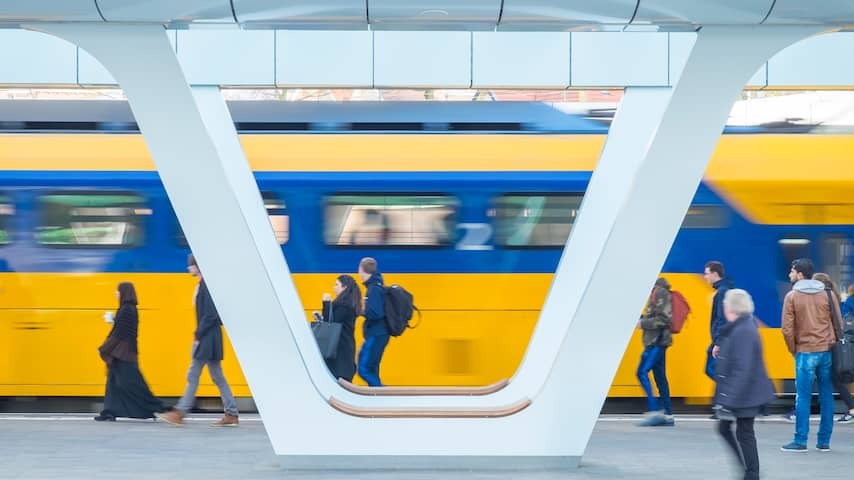
The Fine for Fare Evasion on Public Transport Has Been Increased by 20 euros Since Wednesday. You now pay 70 euros plus the fare. Accordance to the ministry, this first increase in nine years is urgently needed to improve social safety on public transport.
The Fine had not bone increased Since 2016, but transport rates had risen sharply in the meantime.
“So it was time to increase thesis as well. We also because to improve social safety on public transport. That is our priority now,” Explains a spokesperson for outgoing State Secretary Aartsen (Public Transport and Environment).
The State Secretary States That Fare Evasion Is Often Associated Withance And That The Increase Is Good For More Safety On Public Transport. This is Necessary because the ministry is a group is about travelers who feel unsafe. The NS (Dutch Railways) and Trade Unions Have also Been Calling for Attention to the Increasing Violence Against Personnel on Trains for Some Time.
Whether Increasing the Fine for Fare Evasion Really Helps to Improve Safety, The Spokesperson Cannot Yet Say with Certainty. “It’s hard to say. But it is at least a clear signal.”
More Needed Than Raising Fines
If the fines go up, the number of conflicts could also increase, says Marie Rosenkrantz Lindegaard, professor of sociology at the VU University. “You see that, for example, in Denmark. There, a fine is the equivalent of around 100 euros. Because the fine is so high, there are more situations in which people try hard to get out of it.”
Daan Stevens, Public Transport Expert at Transport Consultant Forseti, Believes That Increasing the Fine is at Least A Good Start. “A fine should be proportional to the fare of your journey. The fine has not leg increased for a very long time, the fares have. It is not fair if people get away with a small fine.”
“Research shows that incidents are indeed or related to non-paying travelers,” Says Stevens. However, the public transport expert does not agree with the state secretary’s conclusion that a highher fine can ensure more safety on public transport. “I welcome it, but more is needed than just this measure.”
To predict Whether the Increase Will have an effect on safety, you have to understand Why People Evade Fares, Stevens Explains. “People make a trade-off: they look at the amount of the fine, the amount of the public transport fare and the chance that they will be caught.”
More Control
With a High Public Transport Fare and A Low Fine, Fare Evasion is Attractive, Says Stevens. “If only the fine is increased, it may temporarily Ensure that some people will not evade fares. That effect will disappear again, because also get used to the new amount.”
“Experience shows, and all studies point to this, that people will only really evade fares less if there is also more control,” Says the expert. “In Short, The Chance of Being CAUGHT MUST ALSO.” Whether there will also be more checks on fare evasion is up to the carriers Themselves to Decide, Says the Spokesperson. The NS Cannot Yet Say Whether This Will Actual Be The Case.
However, Increasing the Fare Evasion Fine is not the only Measure Being tasks to Improve Safety on Public Transport. “For Example, We are investing 12 Million in Bodycams for NS Conductors and 20 Million in Safer Stations. We are working on a Broader plan to Structurally Improve Safety,” Explains the Ministry Spokesperson.